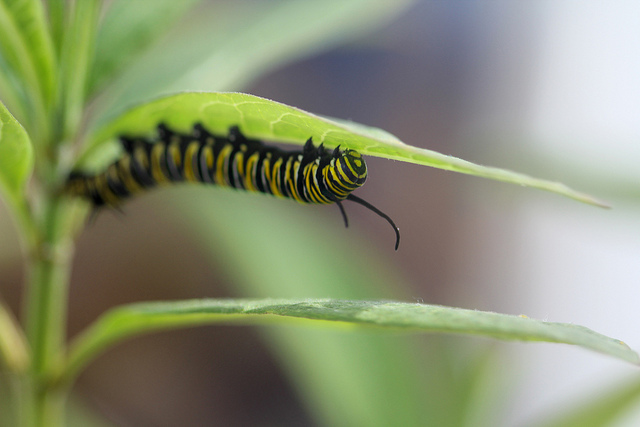During my recent visit to a state poetry society’s annual meeting, a man asked me how to write free verse.
“What are the rules?” he asked.
“There are none,” I said. “It’s free.”
“So it’s just random, then?”
“Absolutley not.”
“Then how do you do it?”
“I don’t know. But it takes me a long, long time.”
Free verse gets the lazy rap. It’s what today’s feel-good relativists write because they don’t want to put the intellectual commitment into sonnets and villianelles. In fact, when a formalist reviewed one of my mostly free-verse collections, she wrote that my linebreaks were random, arbritrary. That bothered me—not that she didn’t like my line breaks, but that she assumed I invested no time in the hateful things.
Now time does not always equal consciousness. When I work on my line breaks, I can’t always articulate why I’m doing what I’m doing, but I write, break, re-break, re-stanza, and cut—all while reading aloud—over and over and over, to help my poem come of age. The right line break resonates, rings in the bones. It echoes an emotion or idea in the reader’s brain, often without the reader realizing it until he or she takes some time to explore.
Consider the poem “Tree” by Andrew Hudgins:
Tree
I’d like to be a tree. My father clinked
his fork down on his plate and stared at me.
“Boy, sometimes you say the dumbest things.”
You ought to know, I muttered, and got backhanded
out of my chair. Nowadays, when I chop wood
and my hands gum with resin and bark flakes,
I hunker at the tap and wash them human.
But in math class, I’d daydream of my choices:
not hickory or cedar not an oak —
post, red, live, pin, or water oak. Just pine.
If not longleaf, I’d settle for loblolly.
My skin would thicken with harsh bark, my limbs
sprout twigs, my twigs sprout elegant green needles.
Too soon, Miz Gorrie’d call on me. “Why did
you do step four that way?” Who me? It looked
good at the time, I guess — and got invited
to come back after school and guess again.
And that’s when I decided it: scrub pine.
A lot can be said about this poem. Eighteen lines draw up a boy’s history and psyche better than many full-length memoirs. Every time I read it, I find a new angle or receive a new twinge in my heart. At the aforementioned poetry society meeting, several of us discussed the poem for over an hour then used it as a model for our own drafting. Without a doubt, it is a rich piece in its images, figurative language, sounds, and themes.
But for now, let’s look at the first line:
I’d like to be a tree. My father clinked
That last word. It rings like a flung fork. It hits against a plate’s greasy enamel and makes my teeth vibrate. On the heels of a little boy sharing his imagination, an instrument of nourishment and joy becomes a weapon of anger and intimidation.
I know. This past week, my daughter and I disagreed on the respectful qualities of her tone and body language at a groggy 6:30 a.m., and when I couldn’t take the conversation any longer, I threw my coffee spoon in the sink. Stainless steel on stainless steel. Clang.
It was a break, all right. She gathered up her things and left the room.
Sometimes the best way to figure out how, why, or if a line break works is to break the line at other places and compare the effects. What if the line broke after tree? Father? Fork? Down?
Poetry is the heart distilled, words in their most concentrated form. In his poem Introduction to Poetry, Billy Collins advises readers to “. . .drop a mouse into a poem/and watch him probe his way out.” When you crawl around these words, what do you discover? What happens when you linger on the edges, when you let the words make you catch your breath?
Read the poem aloud. Several times. Feel the end words. Then read just the end words themselves.
clinked
me
things
backhanded
wood
flakes
human
choices
oak–
pine
loblolly
limbs
needles
did
looked
invited
again
pine
How do these words work together, work in you as a whole? Of course I’m not going to give you an answer. Mine is different from yours. It’s free verse, after all—in all its clinking, ringing, painstaking coming-of-age glory. And there is nothing random about it.
Photo by LadyDragonflycc, Creative Commons, via Flickr. Post by Tania Runyan, author of How to Read a Poem.

